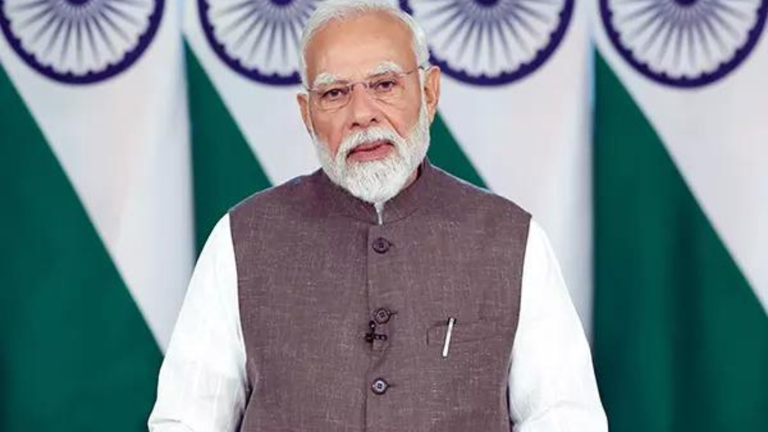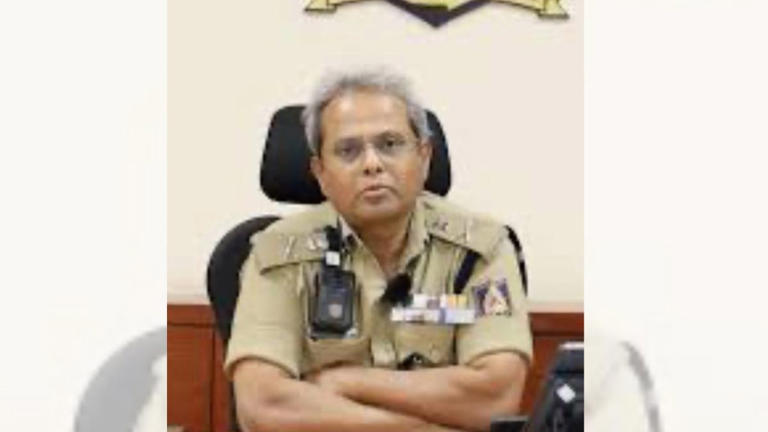Why CM Himanta Biswa Sarma’s Fast-Tracking of Gun Licences for Indigenous Assamese Is Sparking Debate?
In a move that has quickly become the center of political and social debate, Assam’s Chief Minister Himanta Biswa Sarma announced that arms licences will now be fast-tracked for indigenous Assamese people, particularly in areas where they are minorities and feel vulnerable. This policy, framed around “empowerment” and demographic concerns, is being promoted as a way to ensure self-defence rights for ethnic Assamese populations amid rising anxieties over identity and security.
While some hail this as a necessary safeguard, critics argue it could intensify communal tensions, possibly leading to an arms race in already sensitive districts.
Protecting the Indigenous or Playing With Fire?
At the heart of the new policy is a political and emotional issue that has long gripped Assam—demographic anxiety. CM Himanta Biswa Sarma stated that this move is a response to the changing population dynamics in certain parts of Assam, where indigenous Assamese communities now find themselves in the minority. He framed the decision as an empowerment tool, saying, “Demographic changes demand empowered citizens.”
BREAKING: Himanta Govt to fast-track ARMS LICENCES for indigenous people in minority-dominated, vulnerable areas🔥
— The Analyzer (News Updates🗞️) (@Indian_Analyzer) May 28, 2025
~ CM says traditional Assamese will get lenient consideration for self-defence permits.
Demographic Changes demand empowered citizens. Good move👌🏼 pic.twitter.com/pBlmSLozv7
Supporters of the policy argue that it is a proactive step toward safeguarding vulnerable communities. They believe that fast-tracked arms licences will allow indigenous people in tension-prone districts to protect themselves and assert their rights, especially when law enforcement may be slow or insufficient. However, critics warn that such a move, no matter how well-intentioned, might be dangerous in practice. Assam has a history of ethnic and communal unrest, and increasing the number of legally armed civilians—especially if only one community receives “lenient consideration”—could spark a cycle of mistrust, provocation, and potentially violence. There are also concerns that this could inspire similar identity-based arming of other groups, creating a de facto arms race.
Can the State Prioritize One Group Over Others?
Under Indian law, arms licences are governed by the Arms Act of 1959 and are highly regulated, with a focus on national security and public safety. Granting permits based on ethnicity or perceived vulnerability is a legal grey area—and possibly a red flag for judicial scrutiny. The idea of giving one group a fast-tracked or “lenient” application process raises constitutional questions about equality before the law and potential discrimination. Legal experts suggest that unless the government provides clear, objective criteria and applies them with transparency, the policy could be challenged in court.
The terminology itself—“indigenous Assamese”—is also legally and politically loaded. How will the state define who qualifies? Is there a registry? What about people of mixed heritage, or long-term residents who don’t fall under the “indigenous” label but face similar security concerns? Without clear definitions and proper safeguards, the risk of misuse and political weaponization is high. Additionally, the vetting process for arms applications must be thorough. If expedited licensing leads to lapses in background checks or verification, it could result in more weapons being available to unstable or extremist elements.
Balancing Empowerment with Peace
The social impact of the policy will depend largely on how it’s implemented—and perceived. On one hand, many indigenous Assamese may genuinely feel reassured by the move, interpreting it as the state recognizing their fears and rights. For communities who believe their identity is under threat, this might serve as a symbolic and practical shield. On the other hand, minority groups—particularly Bengali Muslims, tribal communities, and migrant populations—could feel alienated or threatened. There’s already an undercurrent of fear and mistrust in some areas of Assam. A policy that is seen as arming one group over another can deepen divisions and reinforce narratives of exclusion.
Civil society organizations and political opposition have already started voicing concerns. Many warn that such a policy could set a dangerous precedent across India, where identity politics is often a flashpoint. If Assam’s model is copied in other states, India might witness a troubling trend of communities arming along ethnic or religious lines in the name of self-defence.
Assam’s decision to fast-track arms licences for indigenous people is a bold and deeply polarizing policy. On paper, it claims to be about empowerment and protection. But in practice, it risks creating more insecurity—both real and perceived—among other communities. The challenge lies in balancing identity-based concerns with constitutional equality, public safety, and long-term peace.
As implementation details emerge—particularly how the term “indigenous” is defined, and how permits are vetted—this move will be closely watched not just within Assam, but across the country. The consequences of this experiment in identity-driven security will likely shape the region’s socio-political landscape for years to come.





















